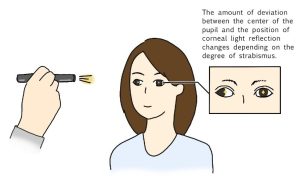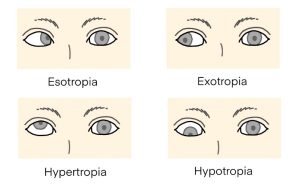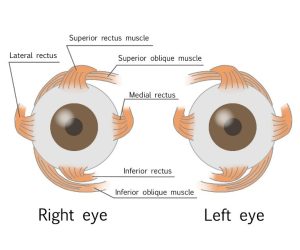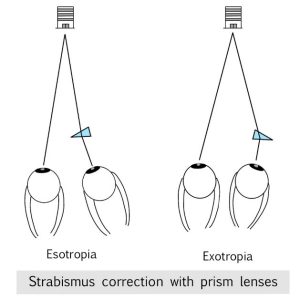First, a routine vision test, refraction, slit-lamp exam, and fundus exam will be performed. If strabismus is suspected, eye position tests, eye movement tests, and binocular vision function tests are also performed. MRI and blood tests may be necessary to evaluate head and systemic diseases.
Visual Acuity Testing
Vision tests are regularly performed to evaluate the degree of eye disease, amblyopia, and the effectiveness of treatment; the C-shaped Landolt ring test can be performed at around 3 years old, while children under 3 years old are tested using pictures or striped visual targets.
Refraction Examination
Refraction examinations are performed to check for short sightedness (myopia), far sightedness (hyperopia), and astigmatism. Early detection of hyperopia and astigmatism is important, as these conditions can lead to amblyopia.
Some types of strabismus are caused by refractive error, so this test is also essential for examining strabismus.
Binocular vision function test
This test examines the visual status when both eyes are used, and whether it has been maintained or improved by treatment. Stereopsis and the ability to see with both eyes as one (fusion) are tested using instruments such as the “Titmus stereo test” and the “major amblyoscope.”
Eye Position Examination
The degree of ocular misalignment can be examined using the corneal reflex method, in which both eyes are illuminated with a penlight, or the cover test, in which one eye is covered, and eye movement is observed.
A prism is used to examine the angle of ocular misalignment in the cover test.






